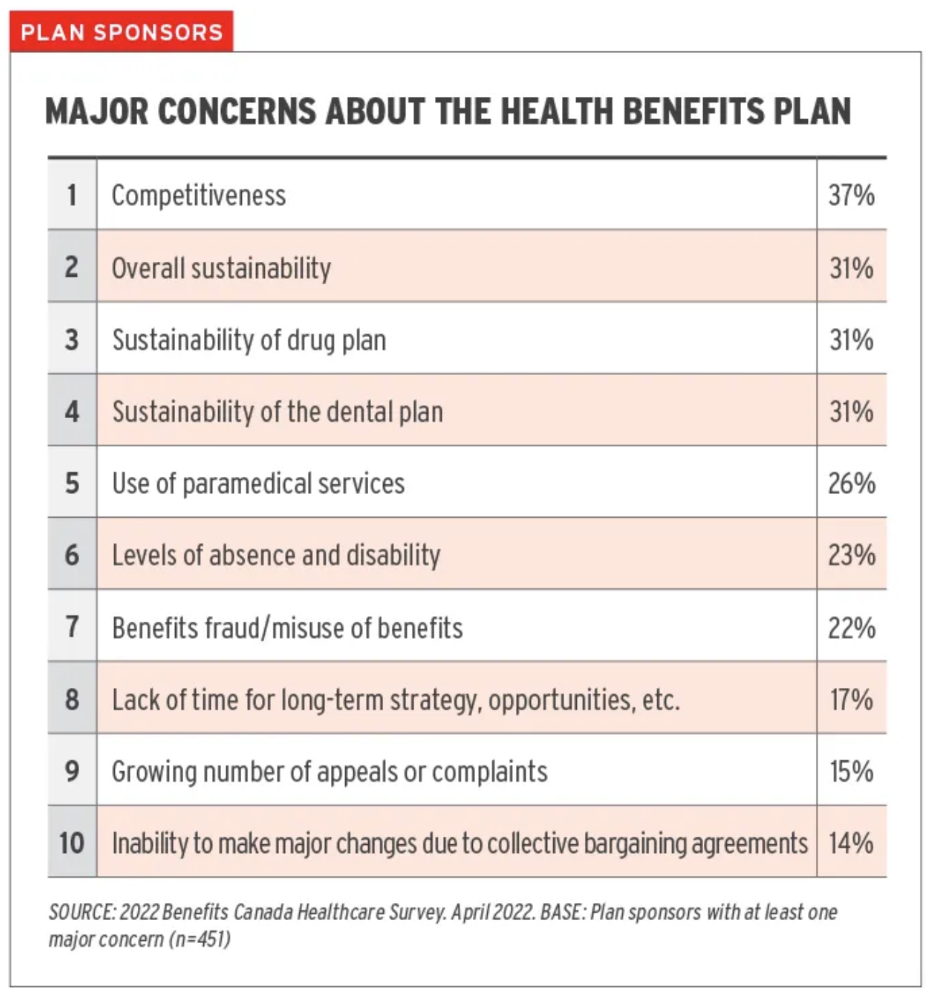
How to Choose the Best Benefits to Offer Your Team
Choosing the right benefits for your team is a critical decision that can have a lasting impact on your business. A well-considered benefits program can signal to your team that you value them and are invested in their well-being. Let’s look at how to evaluate your team’s needs, the criteria for selecting the best benefits, and tips for maintaining an effective benefits program for the long haul.
Understanding Your Team’s Needs and Preferences
Before you start creating or updating a benefits package, the most effective step is to simply ask your employees what they want. Each employee will have unique needs, and a one-size-fits-all approach may not be the most effective. Consider these benefits:
- Paid Time Off (PTO): This includes vacation days, personal leave, and holidays. Employees value flexibility, and a generous PTO policy can enhance job satisfaction.
- Volunteer Days: Allowing employees to give back to the community during work hours can boost morale and show commitment to social responsibility.
- Health Insurance: A solid health insurance plan is often the cornerstone of any benefits package, covering medical, dental, and vision care.
- Retirement Plans: A company-sponsored retirement plan, especially with a matching contribution, is a strong incentive for long-term financial security.
- Life Insurance: Provides peace of mind to employees by offering financial support to their dependents in the event of their passing.
- Short- & Long-Term Disability: These benefits offer income protection in case of illness or injury, ensuring employees are supported even when they can’t work.
- Educational Reimbursement: Supporting ongoing learning can encourage professional development and foster a culture of growth within your company.
- Profit Sharing: When employees share in the company’s success, it can increase loyalty and motivate them to contribute to the company’s profitability.
- Longer-Term Opportunities for Temp Workers: Providing top-notch temporary employees with the chance to secure longer contracts or full-time roles. This approach can encourage them to stick around and help minimize turnover.
A practical approach is to create a list of potential benefits and then survey your team to rank them as high, medium, or low priority. This method gives you a clear picture of which benefits are most valued, helping you serve your employees more effectively.
Aligning Benefits With Your Company Culture and Values
Benefits are more than just a perk — they’re a direct reflection of your company’s culture and values. Tangible benefits that align with your values can show your employees that your actions match your words. This can also act as a strong tool for employee retention.
Over a third of Canadian employers said that the competitiveness of their health benefits plan is always a concern for them. This means employers understand that providing a comprehensive health benefits plan for employees helps position them as an employer of choice for new and existing team members.
Top Tips for Maintaining an Effective Employee Benefits Program
Creating a benefits package is just the first step; maintaining its effectiveness requires ongoing attention. Follow these tips to ensure your benefits program continues to meet the needs of your team:
1. Stay in Communication With Your Team
Maintain an open line of communication with your employees regarding the benefits package. Conduct periodic surveys to gauge satisfaction with the current offerings and to identify emerging needs or preferences. Listening to feedback allows you to make adjustments as needed, showing that you are responsive to your team’s evolving expectations.
2. Engage With Benefits Providers
Involve your point of contact from the benefits providers. Invite them to meet with your team to explain the details of each benefit, including any recent updates or changes. This helps ensure that employees fully understand what’s available to them and how to take full advantage of their benefits.
3. Document and Communicate Your Offerings
Make sure to document your benefits package in detail and distribute this information to your team. A recent survey found that
only half of Canadian employees understand their health benefits plan well. A clear, accessible document helps avoid misunderstandings and ensures that everyone is aware of the full range of benefits.
4. Highlight Benefits as Part of Total Compensation
Ensure employees understand that benefits are an integral part of their overall compensation. While salary is important, a comprehensive benefits package can provide value that extends far beyond a paycheck. Educating your team on the financial and personal value of their benefits can enhance appreciation and engagement.
Ultimately, offering a well-rounded and thoughtful benefits package is not just a perk — it’s a necessity. Employees increasingly view benefits as a core part of their total compensation, and a robust package can be a powerful tool for attracting, retaining, and engaging top talent. Investing in benefits is, ultimately, an investment in the success and sustainability of your business.
Author Bio
Dean Mathews is the founder and CEO of OnTheClock, an employee time tracking app that helps over 18,000 companies all around the world track time.
Dean has over 20 years of experience designing and developing business apps. He views software development as a form of art. If the artist creates a masterpiece, many people’s lives are touched and changed for the better.
When he is not perfecting time tracking, Dean enjoys expanding his faith, spending time with family and friends, and finding ways to make the world just a little better. You can connect with him on
Linkedin.
The views and opinions expressed in this blog post belong solely to the original author(s) and do not necessarily represent the views and opinions of CPHR Alberta.
The views and opinions expressed in this blog post belong solely to the original author(s) and do not necessarily represent the views and opinions of CPHR Alberta.







